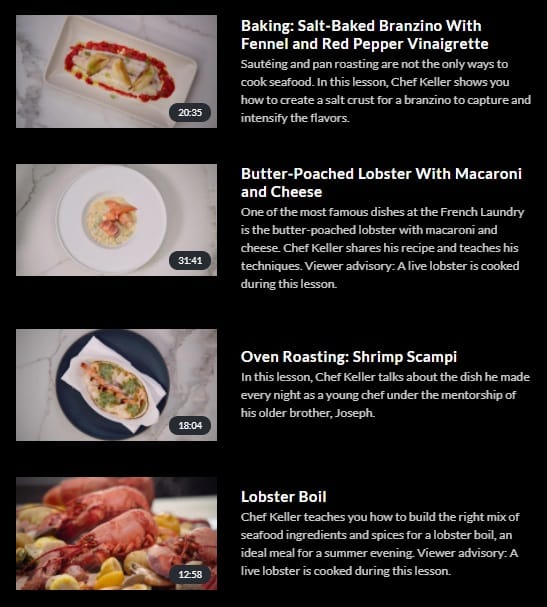

The resting time, with the casserole covered, will range between 5 and 15 minutes depending on whether it is meat or fish, the size and thickness, whether or not they have bones.For chicken breasts or thighs, beef or beef tenderloins, loins or slices of fish, small fish, small birds, we will heat the corresponding broth, which will never be much, but only enough to cover them a couple of centimeters above. Once boiling, we will introduce the food into it and turn off the fire.They are suitable for poaching: beef, veal, poultry, lamb, fish, both in large pieces and in small pieces, which will logically vary the cooking time. Eggs are naturally poached, too. Short broth with milk (for fish): add 75 milliliters of milk for each liter of water, and season with 15 grams of salt per liter and a few drops of lemon juice. This broth does not need to be previously cooked. Short vinegar broth put 75 milliliters of good vinegar for every liter of water. The rest of ingredients and elaboration, like the previous one. Short broth to the wine , mix the water with white or red wine in equal parts and season with 12 grams of salt per liter and a few grains of pepper. Vegetables and herbs are also added and cooked about 20 minutes over low heat.

Short broth mix water and meat or fish broth in equal parts, season at the rate of 10 grams of salt per liter and add vegetables (onion, carrot, leek, celery, according to the recipe), herbs (parsley, thyme, bay leaf, also according to the recipe) and some peppercorns. It is simmered about 15 minutes before using it. To poach, you can use meat or poultry broth or fish fumet (depending on the ingredient to be cooked) or more usually short broth, which consists of water mixed with one of the previous broths, or with wine or vinegar or even milk, and flavored with various vegetables and herbs. They are seasoned with salt and peppercorns or lemon. The name comes from the French court bouillon, which refers to the short cooking time it requires compared to the broth itself. Poaching consists of cooking a food immersed in a liquid just boiling. It is a low temperature cooking technique, with poaching the food does not lose juice, if it is well done it is very far from the scouring pads and tasteless sick foods that are usually associated with the word “boiled”, they retain the flavor that It is their own (although you can incorporate the aromatic ingredients you want) and they are very well presented since they hardly shrink. 5 Times and temperatures to poach each food.The food to be poached must be completely submerged in the hot liquid during the process. It is usually referred to as a poached egg . RCA Membership must be verifiable on the RCA Membership Directory or verified by RCA via e-mail to the University of Arkansas.Poaching or poaching is a cooking technique from the Latin excalfacĕre, ‘heating’ whereby food is heated in a liquid (it may be a broth, broth, milk or simply water) while stirring slowly, never reaching during the process the boiling point mijoter point – 80 ° C, this is the fundamental difference it has with blanching.
#Culinary fundamentals poaching series#
The cost for each of the University of Arkansas CES Culinary Arts for Food Technologists Series courses is $1,995 minus a discount of $200 with a valid RCA Membership.

Courses are taught in collaboration with RCA. This is one of three courses within the Culinary Arts for Food Technologists Series offered by the University of Arkansas, which, together, meet the 120-hour requirement for Certified Culinary Scientist.

This is a 40-contact-hour, five-day hands-on workshop including preparation techniques, stocks, sauces, knife handling, sauteing, roasting, broiling, grilling, braising, poaching, beef, pork and poultry. Culinary Arts Fundamentals for Food Technologists


 0 kommentar(er)
0 kommentar(er)
